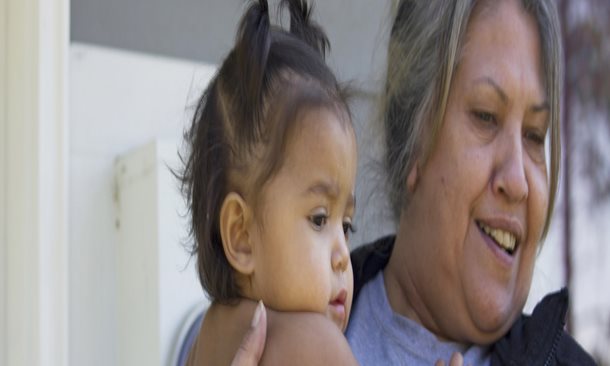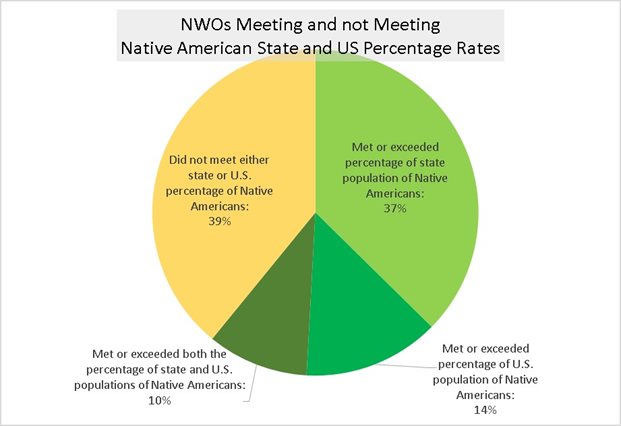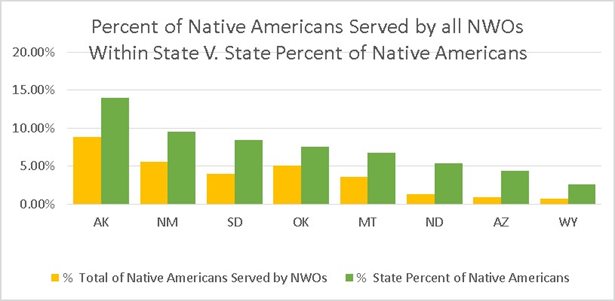
Brandon Oakes, an Akwesasne Mohawk studying economics at McGill University, is a community scholar working with NeighborWorks’ Rural Initiative and Organizational Assessment Department to analyze our service to Native American communities both on and off tribal lands. Brandon attended Haskell Indian Nations University in Lawrence, Kansas, for two years, and is particularly proud of his cousin, Richard Oakes, who organized a historic takeover of Alcatraz Island in 1969. His father, Bruce Oakes, participated as well.
Brandon used interviews and surveys to connect with tribal officials, urban Indian centers, community development financial institutions and other nonprofits, as well as data submitted by network organizations, to produce a comprehensive report on access to housing for Native Americans. This report highlights housing inequities faced by Native Americans and draws attention to initiatives designed to address them.
The main objectives were to document NeighborWorks’ reach into Native communities and the differences between our service on and off reservation, including what is working and the barriers that cause challenges. The overall goal was to understand the areas in need of improvement within our network; however, our learnings should benefit all organizations seeking to serve this population.
After collecting data from the American Community Survey and our network members, Brandon created this pie chart.

It shows that of network members:
- 37 percent have client profiles that reflect or exceed their state’s percentage of Native American residents.
- 14 percent have client bases that reflect or exceed the country’s Native American population.
- 10 percent match or exceed both U.S. and their state percentages.
- 39 percent fall short of both the U.S. percentage and their state’s population of Native Americans.

Brandon then conducted a survey of NeighborWorks organizations and found this:
- 37 percent of respondents were not aware of any Native Americans in their service areas.
- 70 percent did not identify Native Americans as part of their outreach activities.
- 80 percent of those organizations that do not target Native Americans said they have programs that could benefit these residents.
- Rural organizations are significantly more likely to target Native Americans in their outreach.
- There are more Native Americans in urban than rural areas.
- Almost half of our organizations are interested in learning more about creating successful partnerships with Native communities.
- Education
- There is a lack of knowledge about local housing-assistance programs.
- Cultural-competency training is needed of nonprofit staffs.
- Native American communities must build greater financial literacy.
- Outreach
- Trust-building is required before working with tribal governments.
- Demographics
- Urban Native Americans often are “invisible,” so outreach is rare.
- Multigenerational households are common.
- Increasing numbers of Natives are leaving their tribal lands due to a lack of employment and educational opportunities on their reservations.
- Legal
- Obtaining loans for building on trust land can be challenging.
- It often is difficult to obtain clear titles to land.
- Housing
- Overall, there is a lack of adequate, decent affordable housing.
- There also is a lack of funding to rehab existing housing stock.
- Overcrowding is a common problem.
- Politics
- Tribal politics can be contentious and there is a high turnover in leadership.
- Tribal governments do not have resources to invest in citizens living off reservations.
- Environment
- There is a need for expansion of power grids and additional roads in tribal lands.
- Better infrastructure is needed as well.
- Some communities are very remote and specific geological concerns. For example, some communities are sinking as ocean levels rise.
- Collaboration with Native consultants.
- Development of construction companies near tribal land.
- Partnerships with urban Indian centers.
- Use of eHome America as a way to provide homebuyer education to very remote native communities.
- Leveraging of Section 184 Indian Home Loan Guarantees from HUD.
- Creation of culturally appropriate financial and homebuyer education materials.
- Establishment of subsidiaries to work with Native Nations and Americans.
- Funding of tribal housing coalitions.
- Formation of intermediaries and coalitions.
- Provision of cultural competency training.
- Offering of small loans for native entrepreneurship.

